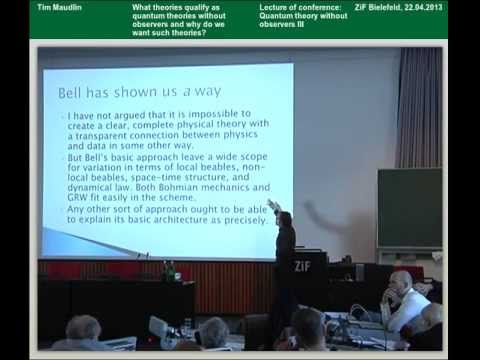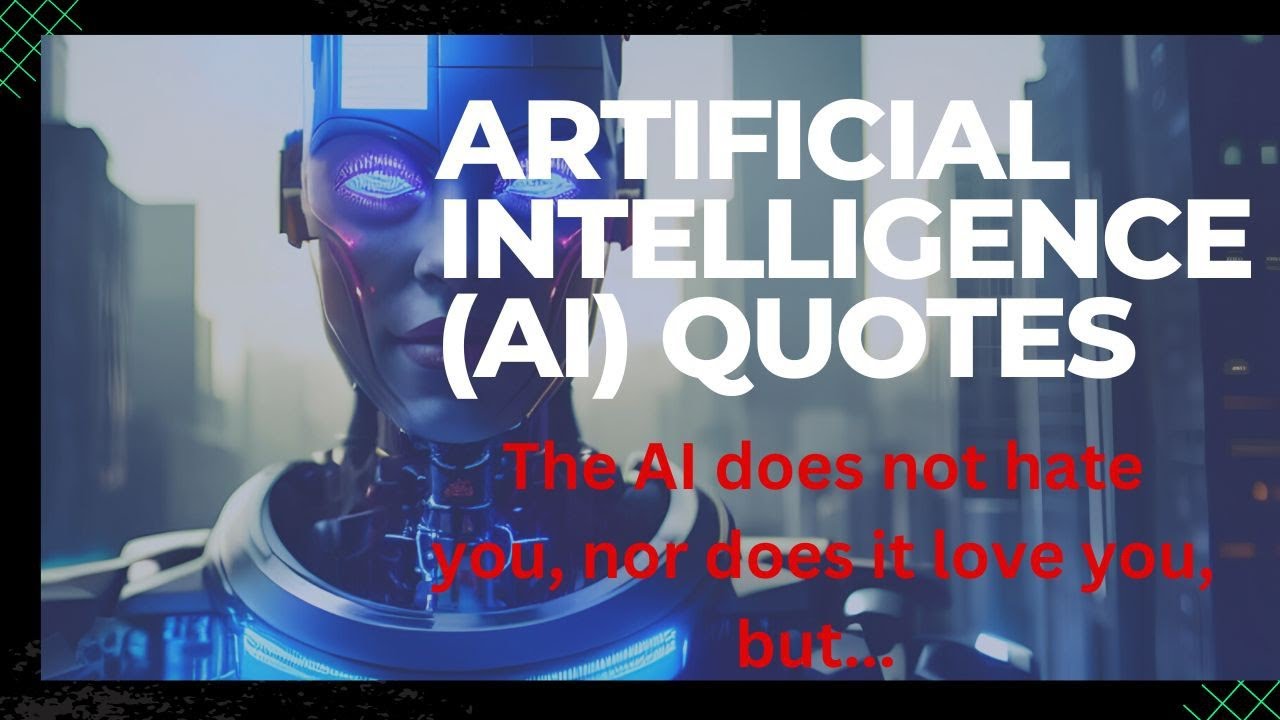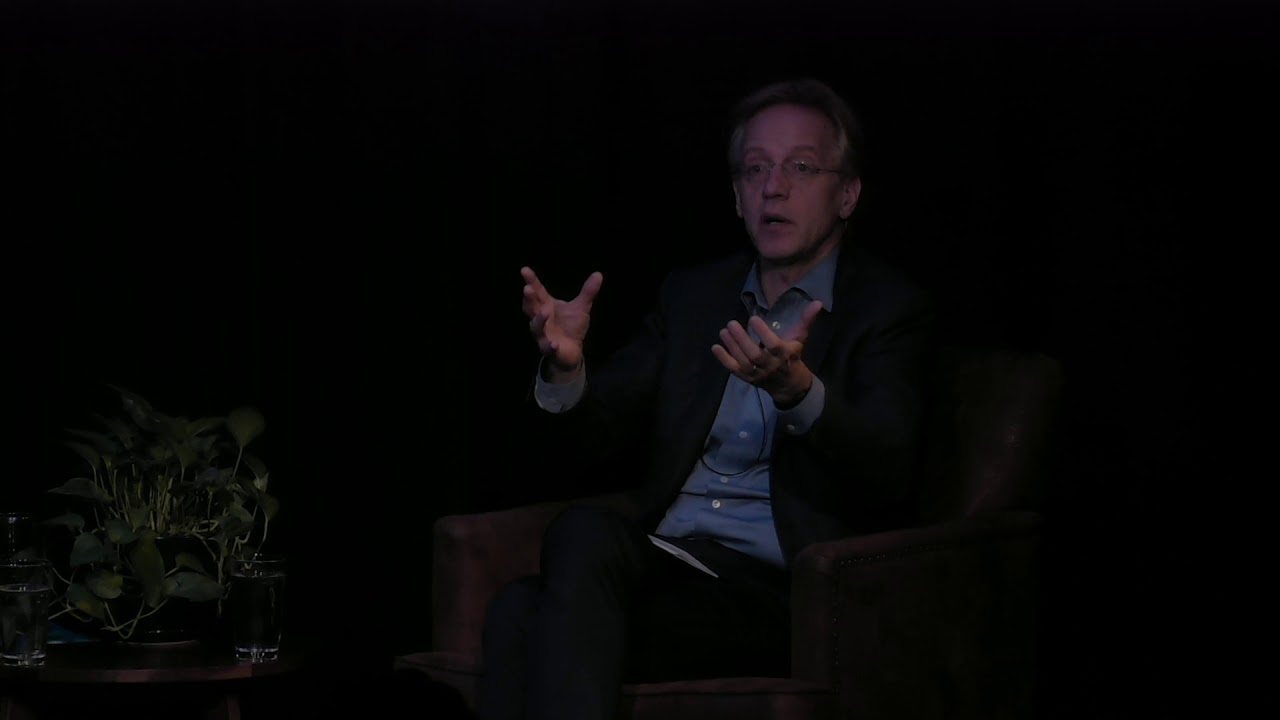QTWOIII
This is a talk held at the conference “Quantum Theory without Observers III” (ZiF, Bielefeld, 22.04.-26.04.2013). There are also interviews with several of the participants available, see
http://www.youtube.com/playlist?list=PLaGT9HTVWHMM7204K3yRUl7Nyk_5MGbp9.
For more information have a look at the conference website http://www.mathematik.uni-muenchen.de/~bohmmech/bielefeld
Source




Can't be done.
Can’t listen with hysterical overhead. Just tone down a little TM
OMG. I only have two years of college physics, but I feel like I’m understanding this better than some of the guys in the audience asking questions. Who are these people? 1:03:47
Funny. I’ve listened two or three lectures now on Bell, and up until seeing it written out on the slide 15:12 . I though they had been talking about ‘vehicles’ not ‘beables’ Vehicles made sense to me because they were things that could carry an observation to an observable. Beables is an awful term.
My IQ is only three digits and beginning with a 1 it's not enough to understand all this I'm afraid.
I hardly understand anything said here🫥
Should have much longer QnA, for a few hours.
Great job as always Dr Maudlin. As a side note, it's amazing how people insist on supplying justification for people saying that some people just don't listen…I guess it's full employment for Dr Maudlin though. Does the questioner ruffled by tachyons not understand that the goal is to produce a theory with an ontological description that correlates with reality, not just a tool for predicting experimental outcomes. Who cares that non-relativistic quantum mechanics explains the data by assigning no propagation speed. Is the gravitational force communicated instantaneously? How about the electromagnetic force? So we can go back to Newtonian gravitational theory? If not, then what characteristics of a particle aside from being massless and chargeless allows particles at the quantum level to travel faster than photons? If there are no restrictions on propagation, then why do photons have a constant finite speed? The point is, the questioner seems unconcerned by describing our shared reality using theories that contradict each other. The whole point is to avoid this embarrassment.
Bell's postulate resembles a human being and the cells he is made of. "Macroscopic objects are made of local beables at microscopic scale." If beable is the property of being an individual, then Bohr position is not bizarre at all. My pencil is not the sum of the molecules contained in it. My pencil has the individuality of being my pencil. Silly is my example, but coherent and in agreement with Bohr. As a mathematical beable, the open set (0<x<1) is not composed of uncountable beables. It has properties, measurable properties, different from those of its component beables, whatever they might be.
Seen beable as the property of individuality, helped me understand Bell's program. A photon is a beable, so is the electron it surrounds. I am a beable.
ONE-INFINITY Singularity Apature of entangled wave-packaging formation is the simplest way to recognise Euler's e-Pi-i infinitesimal relative-timing by holographic AM-FM relative-timing modulation shaping, and all wave cause-effect is totally interpenetrating at this CentreofLogarithmicTime, projection-drawing Communication = . dt axial-tangential zero-infinity Entanglement limit.
Looking through the Observer's nothing in No-thing vertex "hole in Time" vortex of fractal point-line-circle conic-cyclonic coherence-cohesion i-reflection, instantaneous reference-framing of transverse trancendental Pi-bifurcation containment.
33:50 – Wait a minute – how can the wave function have any impact on the beables? You don't GET anything tangible from the wave function without applying an observable operator. If beables are functions of the wave function, then there is a way to observe aspects of the wave function without going through the usual process and, one would presume, without collapsing it.
59:54 – Wow, this guy is an ass. What a jerk.
Okay. I have to say: yes, we seem to make only local measurements in QM experiments, and infer QM nonlocality using them, granted. But why does that enforce the creation of two types of beables in the new theory, local and nonlocal? Why can't Bohm's idea that all wavefunctions are subsets of the Universe's wavefunction, specifically that the experiment must include the measuring device in its wave function, be joined by the idea that all beables are nonlocal? Yes, in practical terms one might measure a nonlocal beable locally, but why did Maudlin not propose that beables only be of one type: nonlocal? I don't get it.
Why is the uncertainty principle often presented as part of quantum mechanics, when it is entirely a classical law? So long as time exists and is relevant to experiments, the position of a particle and its momentum or energy are going to be dependent on each other simply because of the way they are defined! Specifically, speed is the derivative of position with respect to time. That is its classical AND quantum definition! Dependency on each other means that there could be a lower bound on the accuracy of knowing/measuring both at the same time.
Jean-Baptiste Joseph Fourier showed that measurements in the time and frequency domains are always going to have a kind of reciprocal precision: you only need one measurement to determine position in time, but you need multiple measurements to determine speed in time. It is that simple. So, no matter what position or frequency/momentum values you choose, the error of their product will have a lower bound, right?
But that's just the Heisenberg uncertainty principle. It has nothing to do with quantum mechanics, just the simultaneous measurement of two dependent functions.
According to Bell we need a nonlocal theory. Five minutes spent playing around with the Minkowski formalism will suggest that there is more than one way to travel faster than light. After another five minutes we might think about associating one of these ways with wavelike behaviour, and the other way with particle-like behaviour. If someone can show that I have the associations the wrong way round, I would be delighted. Otherwise it's a matter of working out how to make use of tachyonic Brownian motion in a computer simulation which will allow us to do numerical experiments with detectors made of antimatter.
De la grosse cam 🔥
Tim, concerning tachyons….
WTF does that all mean?
He's REPEATEDLY violated the "no more than 12 words in a powerpoint slide" rule. For shame!
Finished. Fantastic lecture and q-and-a. Thank you so much for uploading this. I thought the one gentleman was a bit too insistent that mentioning superluminal particles was not only irrelevant but harmful. Sure, there are non-relativistic quantum mechanics where we can explain the violation of Bell's inequality without worrying about propogation speeds, but why shouldn't Maudlin just mention how it works in the relativistic scenarios as well, and deal with the whole issue of superluminal transmission? Indeed, I wish he had spent more time on it.
I'm only 45 minutes into this excellent lecture, but I'm curious about the reasons why superluminal particles are being discounted. Maudlin seems to dismiss them off-hand and implies that we should already know the reasons why such couldn't exist. I'm not versed in this part of physics well enough to know why that's the case. Can anyone name a reason?